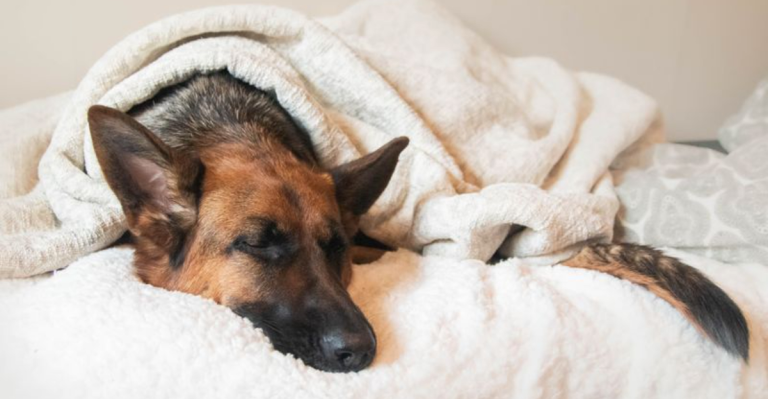15 Strategies For Managing Allergies In Pet-Friendly Homes

Pet-friendly homes can turn into allergy zones fast. If your eyes itch, your throat tightens, or your nose rebels whenever your dog walks by, you’re not imagining it. But ditching your pet isn’t the solution. These proven strategies will help you stay comfortable and breathe easier.
Couch Ban
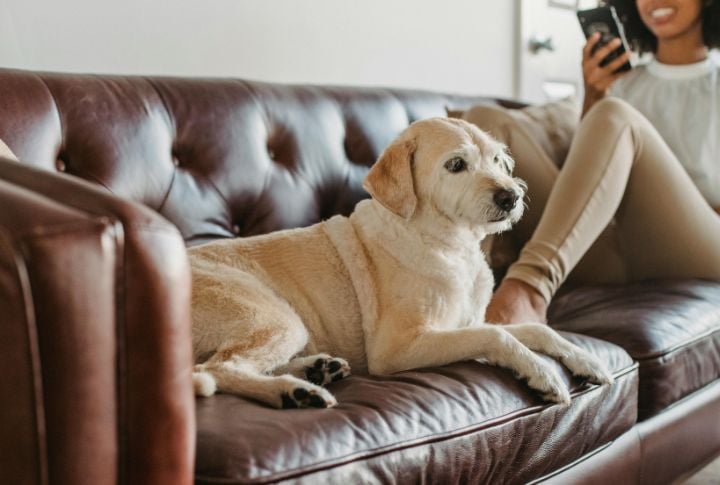
Letting your dog claim the sofa might feel cute until your nose flares up like a busted hydrant. Upholstery traps dander deep in its seams. Give your furniture a break and your immune system a win. Your pet doesn’t need five seats.
Purifier Power

All purifiers aren’t created equal. If your device doesn’t pull airborne allergens from the room in real-time, it wastes electricity. Grab one with a true HEPA filter and a CADR rating over 200. Breathing easier isn’t optional; it’s overdue.
Fabric Traps

That cute linen headboard and cozy fleece throw blanket? They’re collecting microscopic misery. Opt for wipeable surfaces and smooth materials that don’t hoard dander. Your interior design can still slay without ambushing your immune system.
Rug Rules
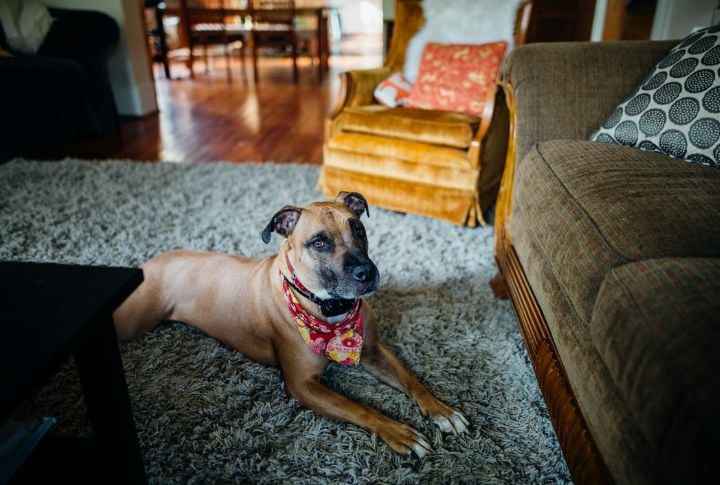
No rug is dander-proof. Even short-pile carpets lock in allergens like jail cells. Teach pets to stick to bare floors or lay down washable mats. It’s easier than shampooing your entire living room every month and far less gross.
Entry Wipe

Shoes and paws drag allergens inside like party crashers. Set up a cleaning station by the door with unscented wipes for pets and a sturdy doormat for yourself. This quick routine keeps outdoor irritants from invading carpets or sneaking into sinuses.
Gear Freshness

Pet beds or crates used in someone else’s place often carry hidden allergens. Cross-contamination is real. Stick to fresh supplies or deep-clean secondhand items with hot water and disinfectant. Remember: What looks clean isn’t always safe.
Laundry Tactics

Pet blankets tossed in a cold wash aren’t clean; they’re just wet. Use hot water cycles and unscented detergent to break down proteins. Don’t forget to wipe out the washer drum afterward. Otherwise, you’re just breeding a second round of irritation.
Shampoo Science

The right pet shampoo can lower the allergens on your dog or cat’s skin and coat, making life easier for allergy sufferers. Look for vet-tested formulas with ingredients like colloidal oatmeal or chlorhexidine that clean gently without triggering more allergens around your home.
Lint Warfare

Stay ahead of allergens by using a lint roller often, not just when guests arrive. Roll over your clothes, furniture, and your pet’s bedding to catch loose hair and dander. Keeping a lint roller by the door makes it easy to control sneezing triggers.
Door Blockers

Gaps under doors let allergens drift from room to room like tiny airborne intruders. Foam or rubber stoppers shut that down instantly. Seal off high-traffic areas, especially if pets roam freely. It’s the simplest kind of boundary that works.
Pillow Protection
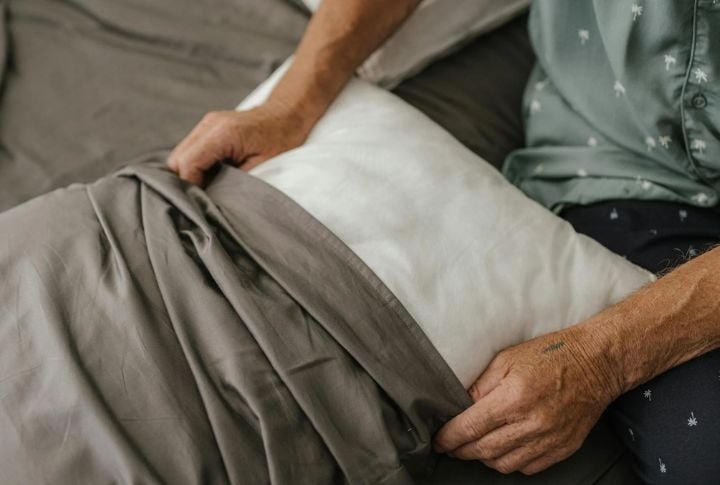
One nap with your dog on your pillow can leave you sniffling for days. Allergens from pet saliva and dander settle deep into fabrics and linger. Block access entirely to avoid overnight exposure. It’s your sleep or their snuggle—don’t try to have both.
Mop Upgrade
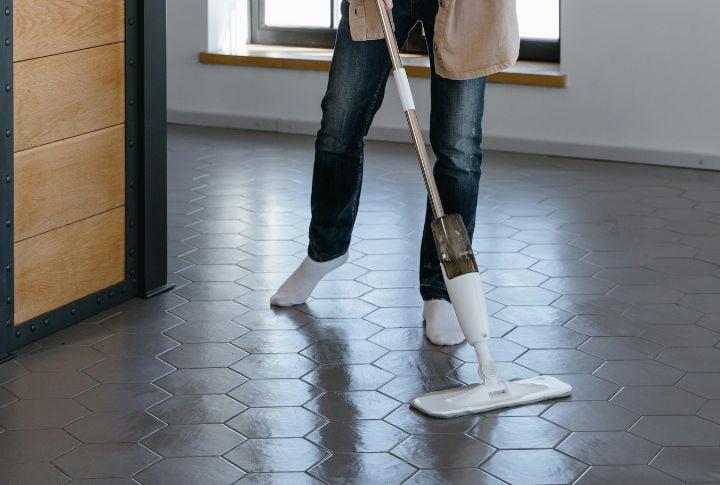
Dry sweeping moves allergens around. Invest in a microfiber or steam mop that traps instead of recirculating. Focus on corners and under furniture where fur tumbleweeds love to hide. Think of it as the allergy version of pest control.
Feeding Zones

Placing food bowls under HVAC vents can spread allergens quickly through your home. Saliva and fur mix and get blown into the air. Set up feeding areas away from vents and clean them daily to help keep sneezing and sniffles under control.
Humidity Balance
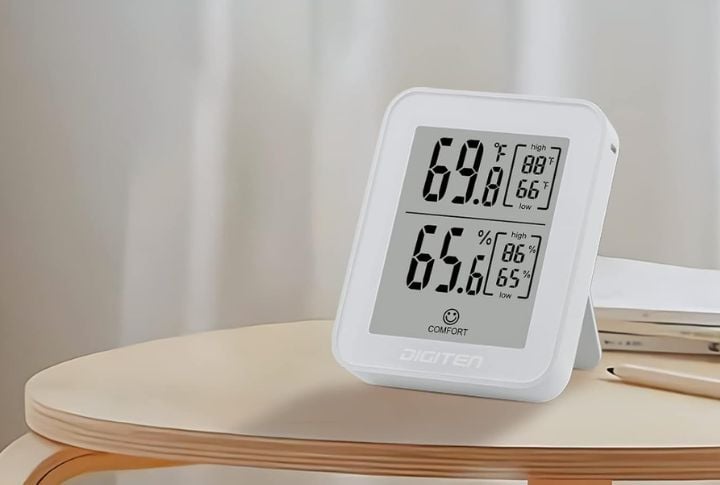
Too dry? Airborne allergens hang around longer. Too humid? Mold joins the party. Aim for 40% to 50% indoor humidity. A digital hygrometer will help you stay in the safe zone. Your allergies hate balance—give it to them anyway.
Allergy Testing

First, you need to confirm what you’re allergic to. Is it dander, saliva, or dust mites? Get a skin test from a board-certified allergist. Guesswork wastes time. Knowing the culprit gets you one step closer to shutting it down for good.

